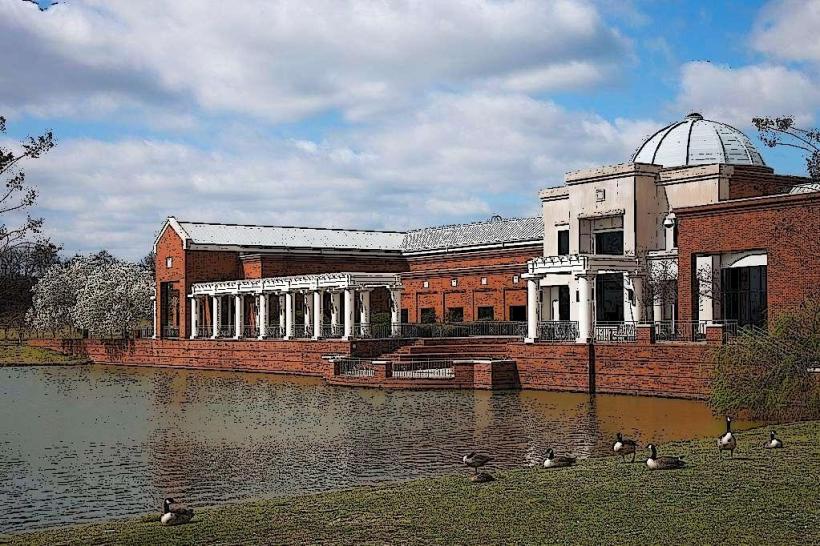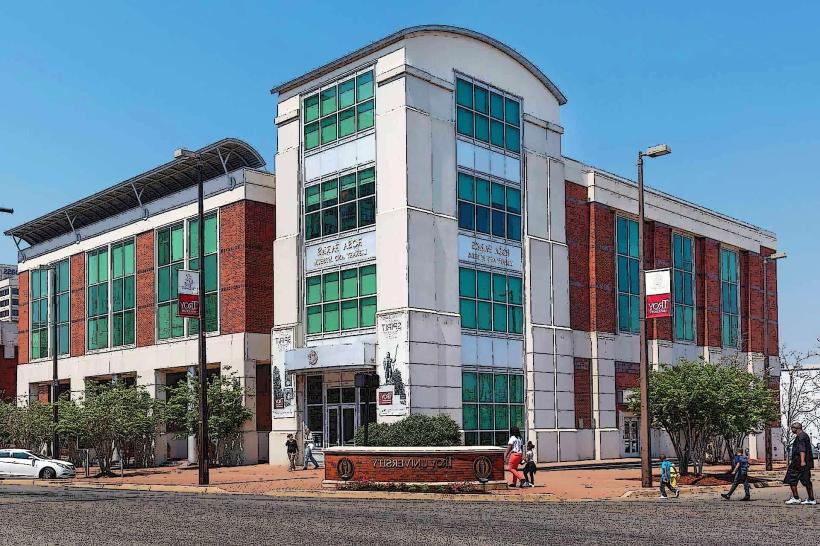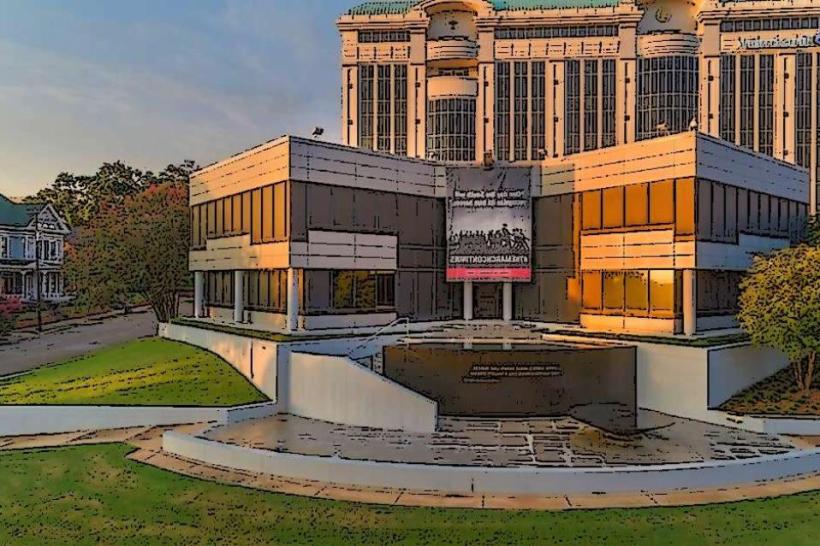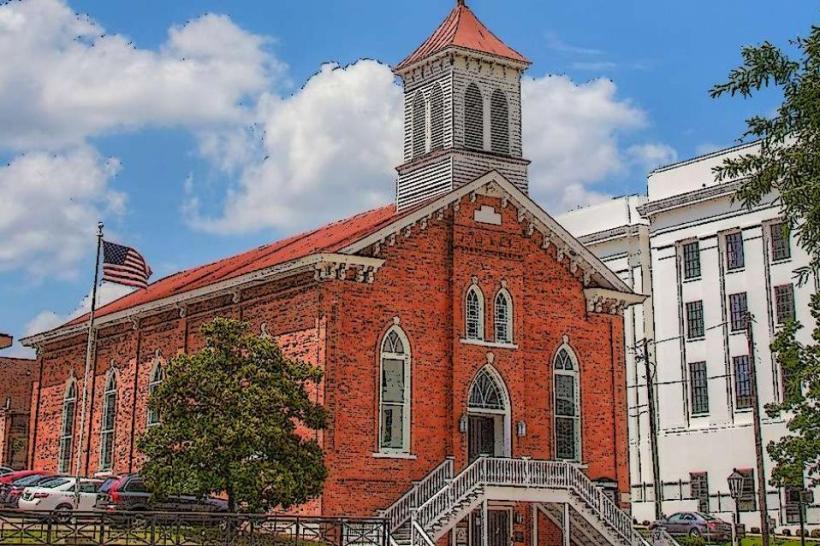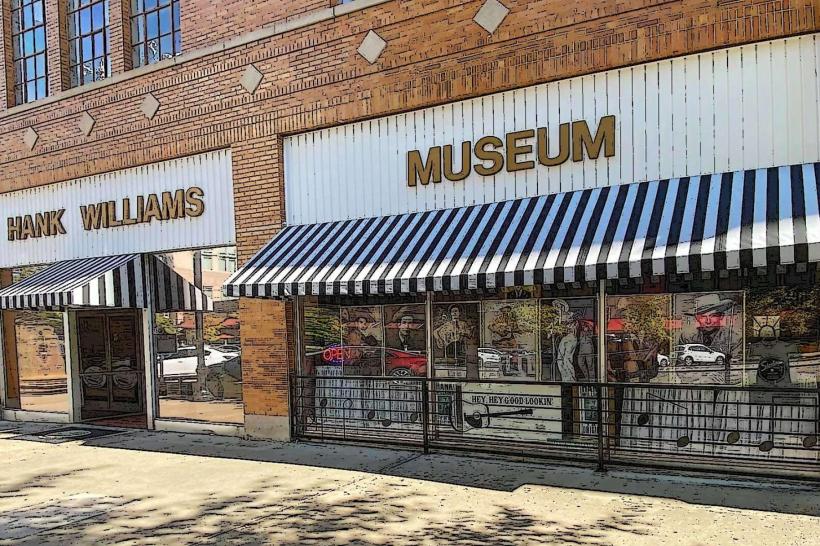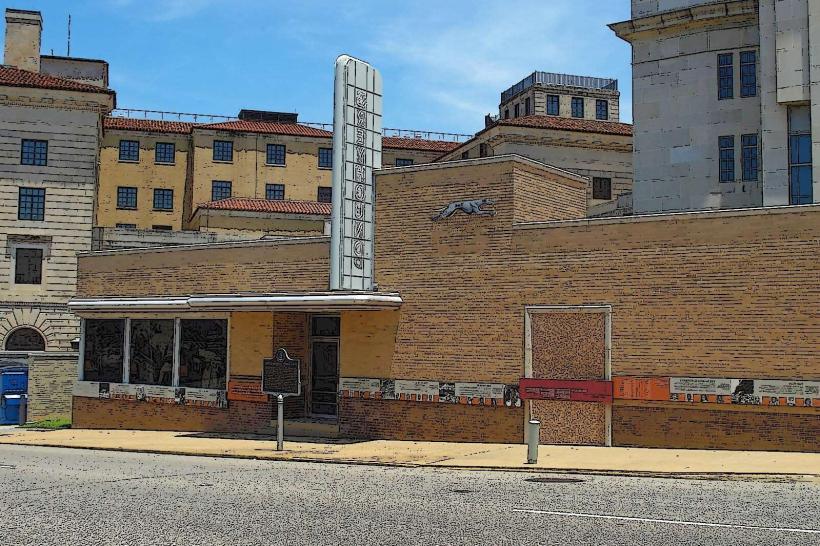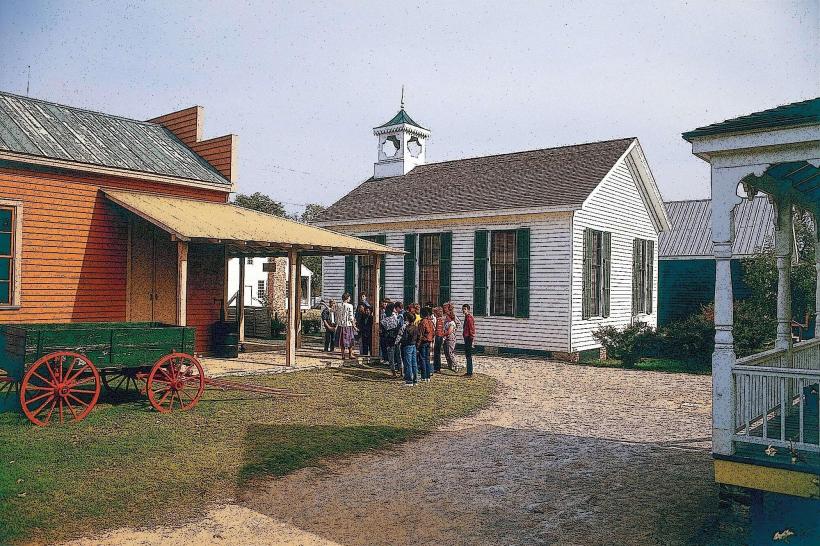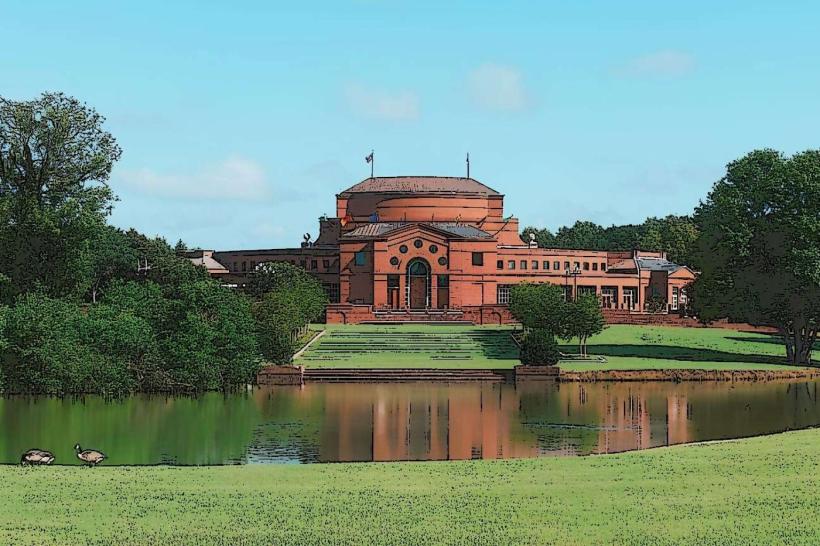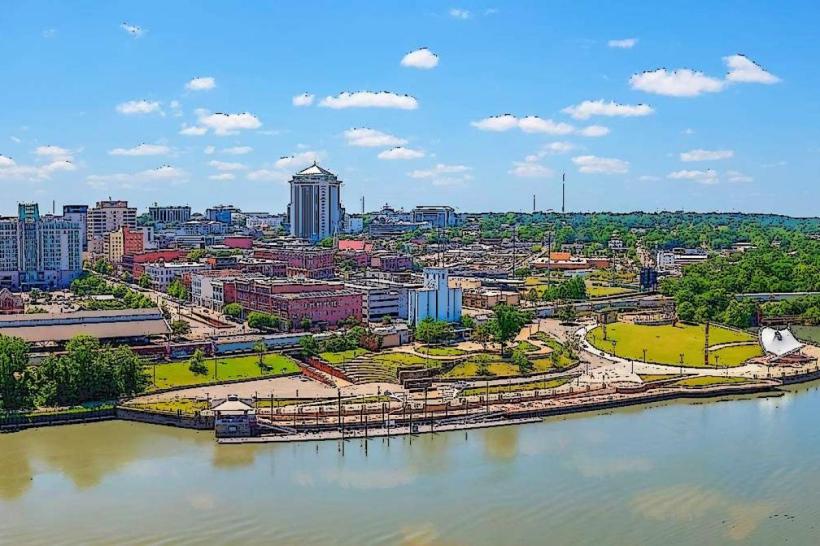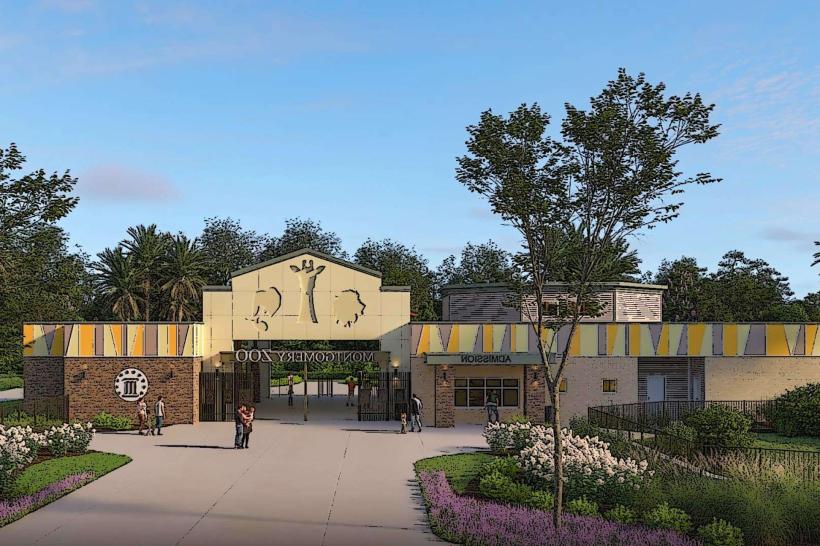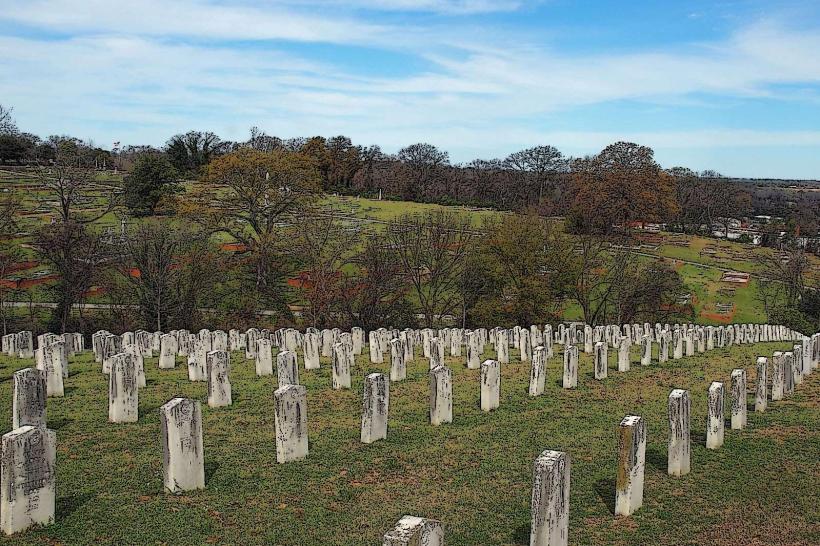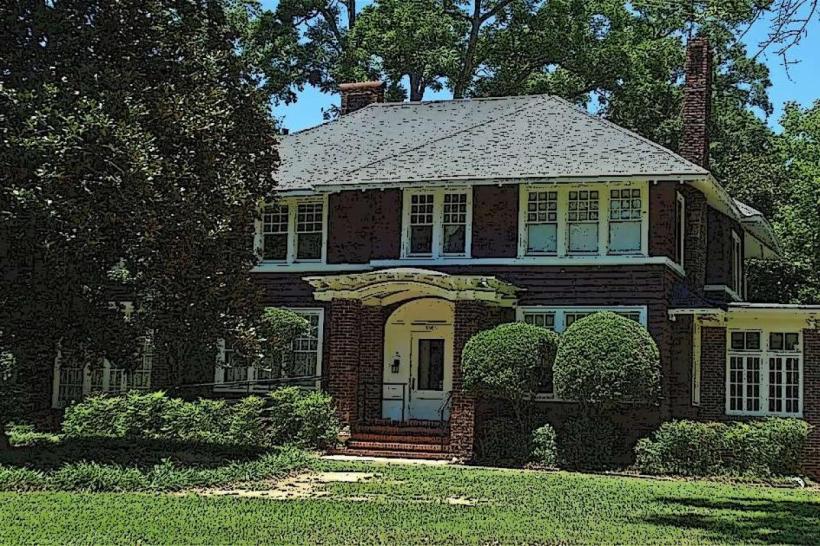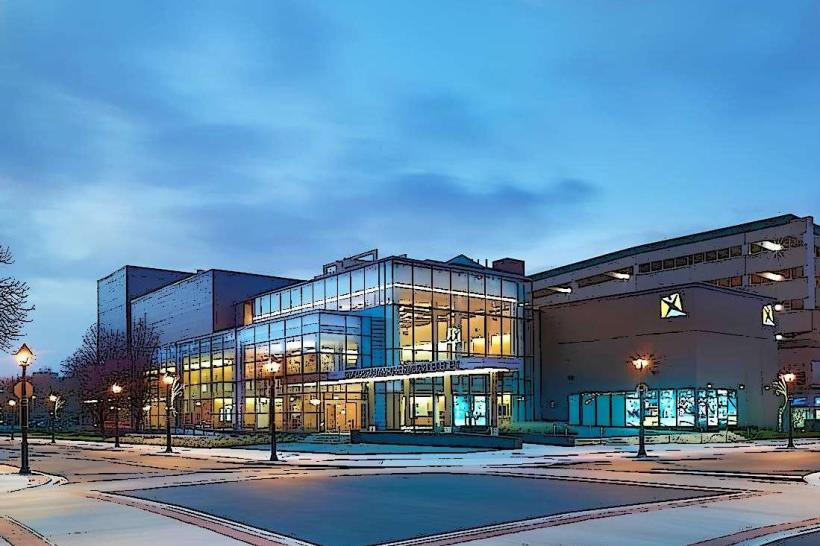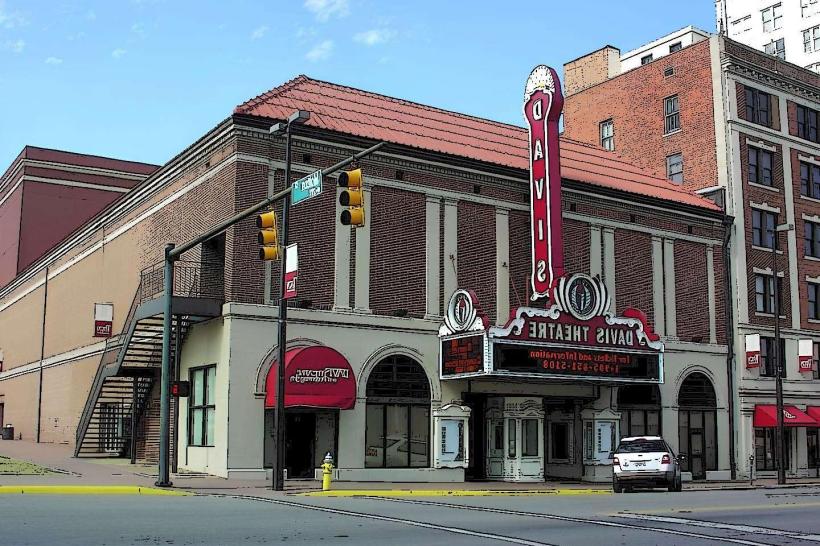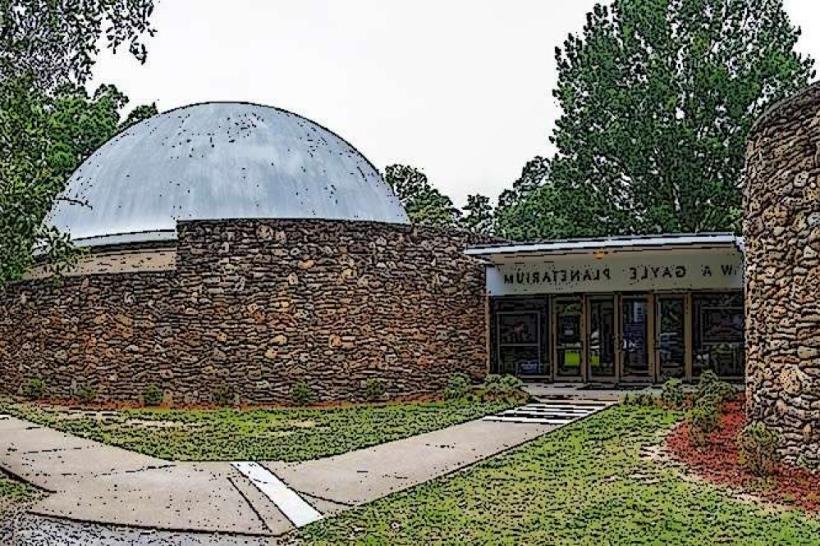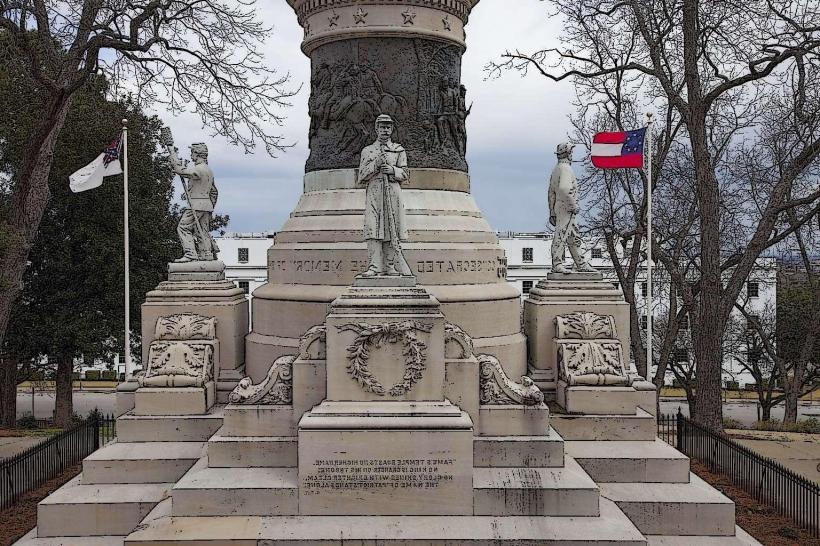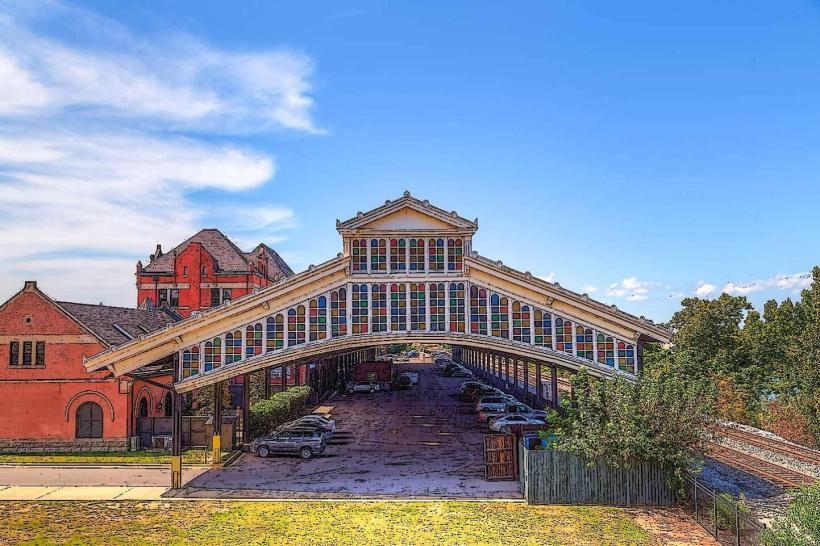Information
Landmark: Alabama State CapitolCity: Montgomery
Country: USA Alabama
Continent: North America
Alabama State Capitol, Montgomery, USA Alabama, North America
Alabama State Capitol in Montgomery is a historic and architecturally significant landmark, serving as the seat of government for the state of Alabama. It is both a functioning government building and a cultural destination, reflecting the state’s political history and architectural heritage.
History and Background:
Completed in 1851, the Alabama State Capitol is one of the oldest state capitols still in use in the United States.
Originally designed in Greek Revival style, it has undergone several expansions and renovations while maintaining its historic character.
The building has witnessed key historical events, including the end of the Civil War when Confederate leaders surrendered to Union forces in 1865, and the Selma to Montgomery marches during the civil rights movement in 1965.
Designated a National Historic Landmark in recognition of its architectural and historical significance.
Architecture and Layout:
Exterior: White columns, grand portico, and a central dome exemplify the Greek Revival style.
Dome: The building features a prominent copper dome visible from much of downtown Montgomery.
Interior: Marble floors, elegant staircases, historic chambers, and murals depicting Alabama’s history.
Legislative Chambers: Houses the Alabama House of Representatives and Senate, with galleries open to the public during legislative sessions.
Governor’s Office: Located in the building, reflecting the ongoing administrative function of the Capitol.
Cultural and Historical Significance:
The Capitol was the terminus of the Selma to Montgomery March, where Dr. Martin Luther King Jr. delivered his “How Long, Not Long” speech. A commemorative plaza and monuments honor this event.
Several statues and memorials on the grounds highlight notable figures in Alabama history, including Confederate leaders, civil rights icons, and influential politicians.
Visitors can explore the Governor’s Hall of Fame, historic meeting rooms, and exhibits detailing Alabama’s political evolution.
Visitor Experience:
Guided Tours: Available to provide insight into the building’s history, architecture, and legislative functions.
Self-Guided Visits: Informational plaques and brochures help visitors explore key areas.
Photography: Both exterior and interior spaces are popular for photography, particularly the grand staircases and legislative chambers.
Events: The Capitol grounds host public ceremonies, commemorative events, and political gatherings.
Visitor Tips:
Wear comfortable shoes for walking, as the grounds are extensive.
Check the Capitol schedule if you wish to observe legislative sessions or special events.
Combine your visit with nearby historic sites such as Dexter Avenue King Memorial Baptist Church and Civil Rights Memorial for a comprehensive understanding of Montgomery’s historical significance.
Significance:
The Alabama State Capitol is not just a center of government; it is a symbol of Alabama’s complex history, representing both political authority and the struggles for civil rights. Its combination of historic architecture, cultural monuments, and active government functions makes it a central destination for history enthusiasts, students, and visitors exploring Montgomery.

